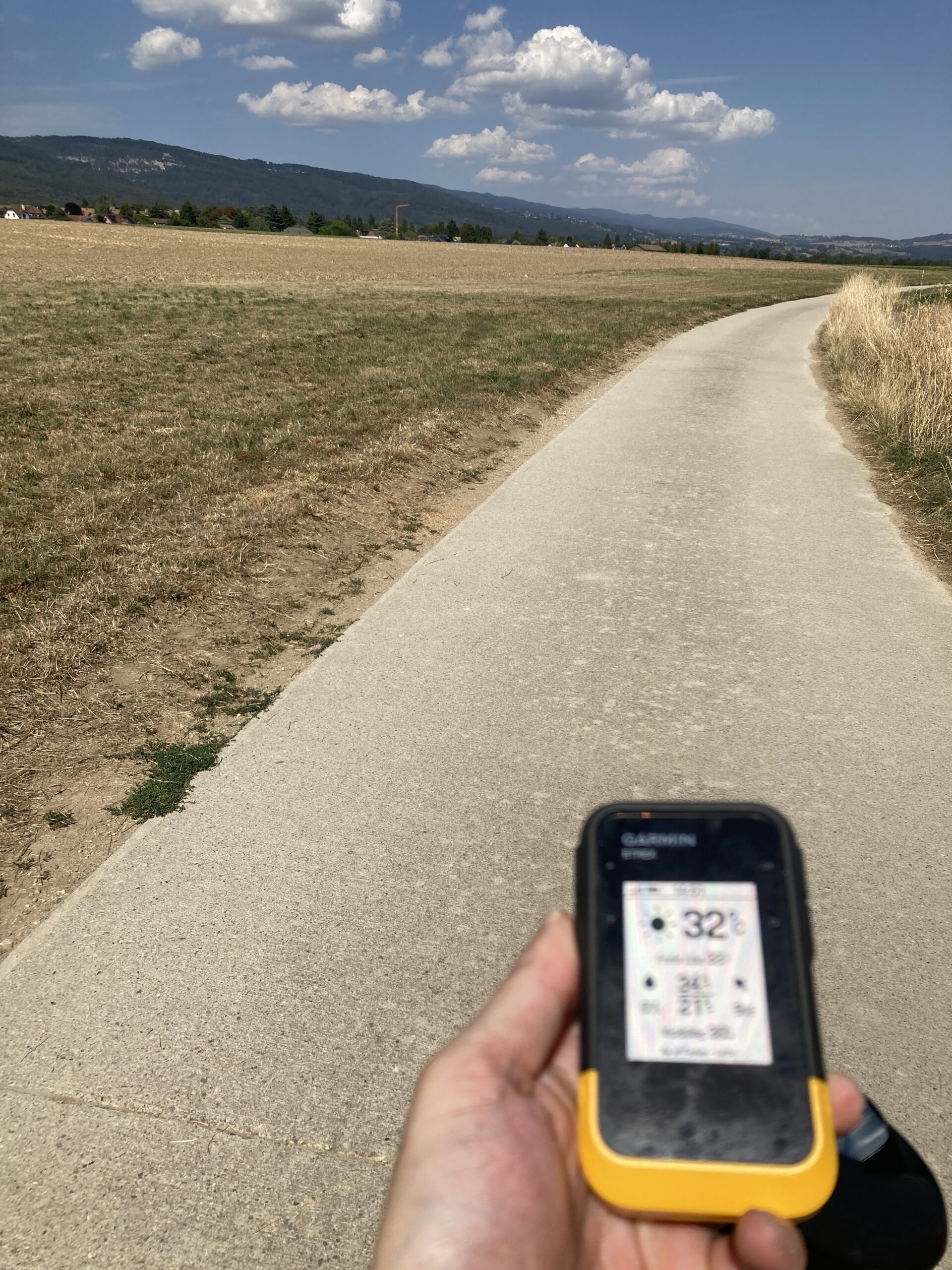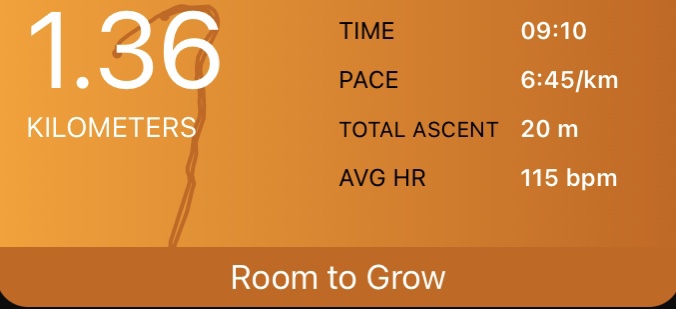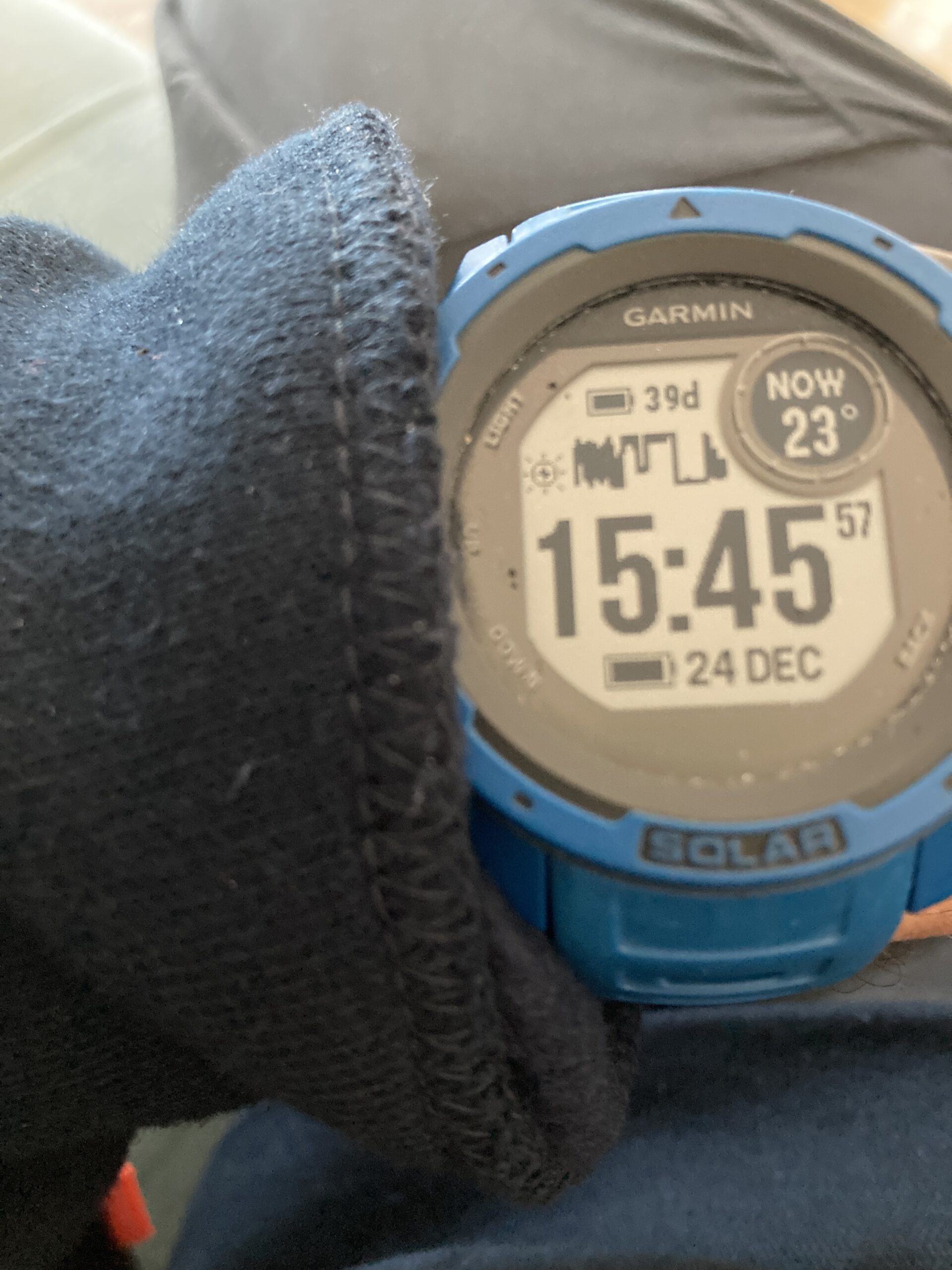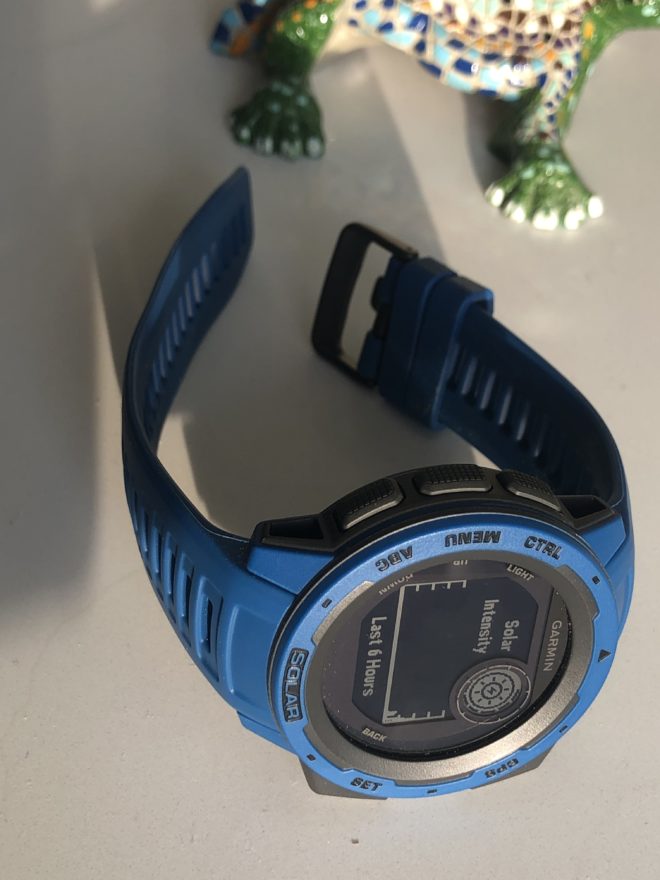Tag: Garmin Instinct Solar
-

Silent Walking and Garmin Instinct Battery Modes
Reading Time: 4 minutesIt rarely happens. I rarely forget my airpods at home, and when I do I usually turn around to get them. Yesterday I didn’t turn around. I went for my walk anyway. You might think “so what?” and you’d be right to. It doesn’t change much. I usually listen to podcasts and…
-

Charging A Garmin Instinct With an External Solar Panel
Reading Time: < 1 minuteYesterday, out of curiousity I experimented. I charged both the Garmin Instinct Solar and the Garmin 45s with a solar panel. The first thing I noticed is that they were using 0.1 amps to charge, rather than 1, 2 or more amps of power. Until this experiment I had never considered…
-

Playing With Garmin Coach
Reading Time: 2 minutesToday I began playing with Garmin Coach. I decided to try one of the running programs. It’s the first of January, first day of the year, and I have already been for two walks and a run. The run was a calibration run so I ran too fast and too hard so…
-

Solar Watches and Spain
Reading Time: 2 minutesOne nuissance of most modern smart watches is that you must charge then once a day, once a week, or once a month. When you’re in Spain though, with a solar watch things change. At first you go from “26 days of battery remaining” to “36 days of battery remaining”, to “39…
-

Garmin Instinct Solar Run, With A Mask, And A Walk.
Reading Time: 2 minutesI tracked the run and walk with the Garmin Instinct Solar. It is very easy to use while wearing gloves. You can stop the activity, change sport, start the activity, do the second sport, and then stop the tracking of the second sport, without taking off your gloves. Now that we’re in…
